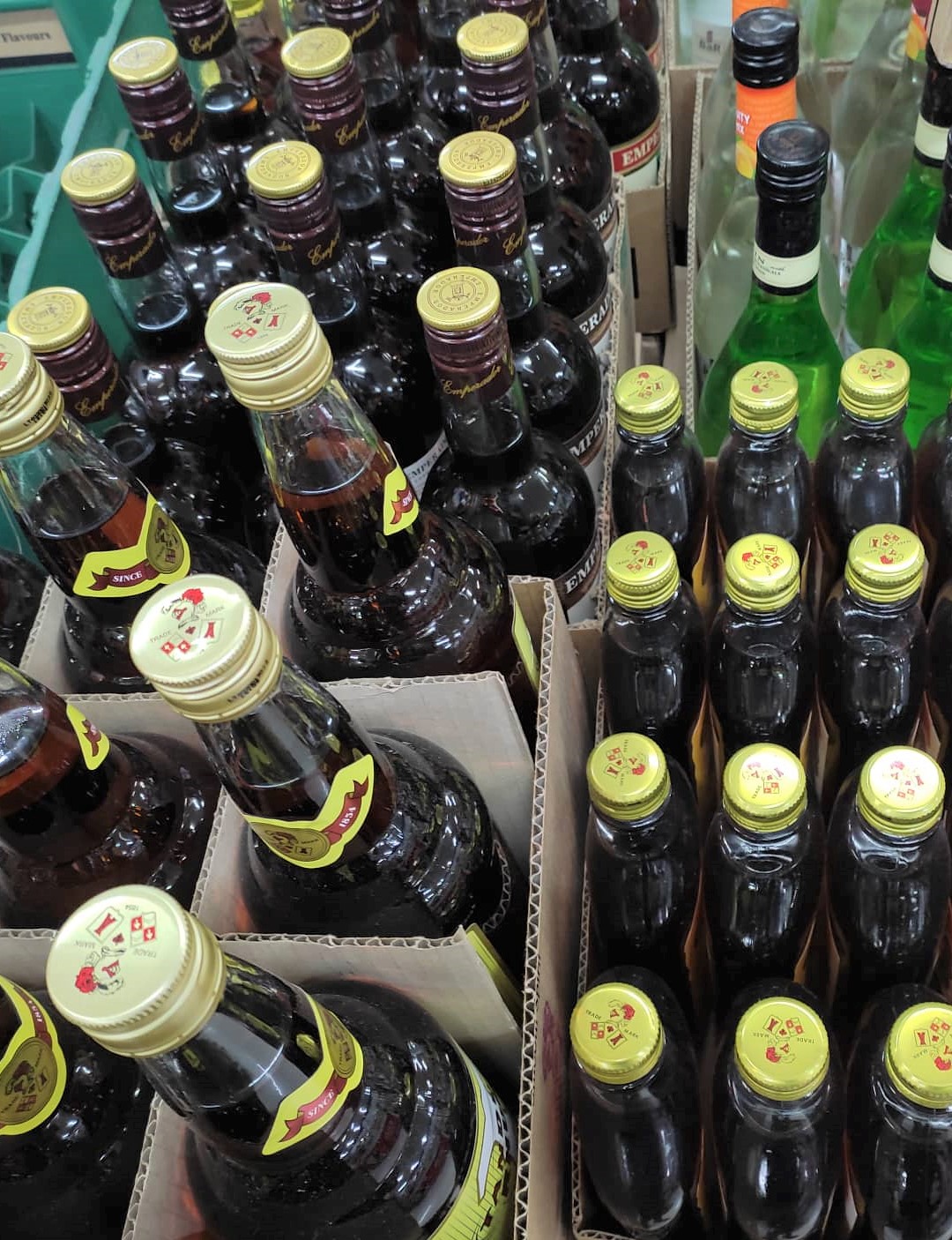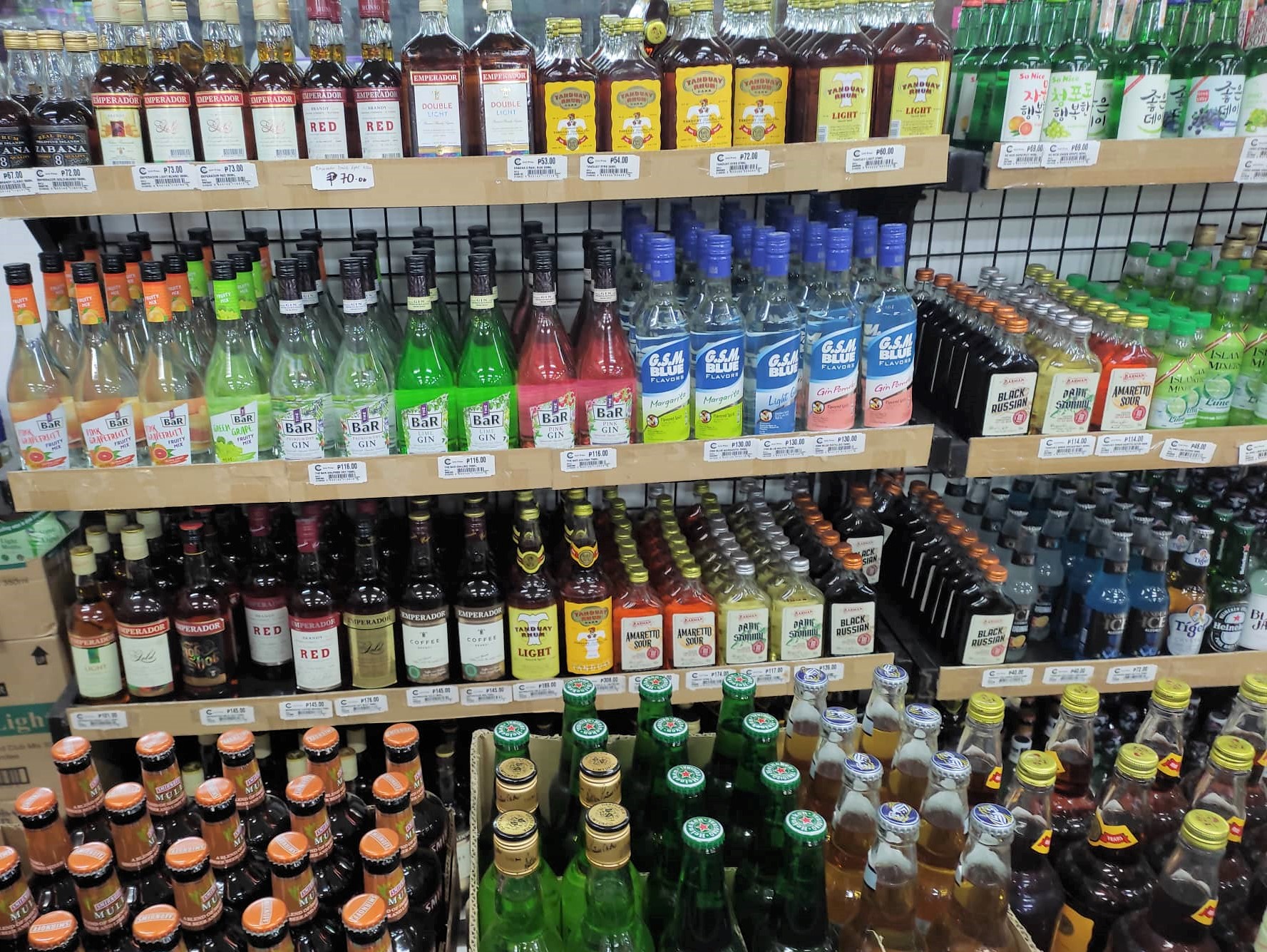Text and Photos by Henrylito D. Tacio
Additional Photo: sparkandstitchinstitute.com
Eighteen-year-old Marc (not his real name) recalled gulping “way too many” alcoholic drinks after a Friday afternoon class with two of his friends in a nearby bar. First, they ordered whiskeys, then more whiskeys.
“It’s as if we were drinking only fruit juices,” Marc says. At 10:00 p.m., they decided to drink some beers. Marc was halfway off the bottle when he suddenly had the urge to vomit. He stood up, and before he could run, he was already vomiting. He did not know what happened next, but he found himself outside the bar.
Ben, 20, was drinking with his buddies in a friend’s house in Davao City. After imbibing several rounds of beers, they went out and sprayed a neighbor’s front wall. The security guard saw what they were doing, so he alerted the owner, who then called the police precinct.
“Several patrol cars came and we were brought to a nearby precinct,” Ben says. A friend’s father had to help them out of the prison.
Robert* remembers little of what happened that night except that he attended a party along with some of his friends in Tagum City. “I must have drunk at least 10 bottles of beer,” recalls the 21-year-old salesman who, at the time the event happened, was graduating from college.
At around 1 a.m., they decided to go home. His friends thought he was alright and so they left him alone. “I really didn’t know how I got home,” he says. “I also didn’t know how I lost my mobile phone and my wallet.”
A study done by the World Health Organization (WHO) for the Philippines showed that two out of 10 Filipinos from ages 15 to 18 years drink alcohol. Six out of 10 are not content with just two bottles of alcohol.
The WHO Youth Violence and Alcohol Fact Sheet said that 14% of 15-24 years olds were reported to have harmed someone due to drinking.
This is quite alarming. Alcoholism and violence are key public health issues among underage individuals and teenagers that require urgent attention.


“(We recognize) the vital role of the youth in nation-building and shall promote and protect their physical, moral, spiritual, intellectual, and social well-being,” Representatives Eric G. Yap and Paolo Z. Duterte explained in its bill filed during the first regular session of the 19th Congress.
The two congressmen filed House Bill No. 1753, known as the “Anti-Underage Drinking Act.”
“Towards this end, the State shall undertake efforts to eliminate alcohol abuse and reduce underage drinking by prohibiting unqualified individuals’ access to alcohol,” the bill’s Declaration of Policy said.
Any person of legal age found guilty of violating any provisions of the law shall be meted by a fine of P50,000 or imprisonment of not more than three months. The same punishment shall be imposed to any establishments who violate the provisions.
Establishments are those places used for commercial purposes, such as bars, restaurants, dance clubs, hotels, retail stores, supermarkets, and other places with common business areas.
“For succeeding offenses, both penalties shall apply in addition to the revocation of the license to operate a business connected with the selling of alcohol or alcoholic beverages,” the proposed bill said.
Now, “if the violation… is committed by a corporation, partnership, association or similar entity, the president, general manager or most senior officers shall be held liable for the offense,” the bill said.
The prohibited acts are as follows: purchase of alcohol or alcoholic beverages by unqualified individuals from vendors and other sources; purchasing or obtaining alcohol or alcoholic beverages for unqualified individuals, and misrepresentation of a person’s age by presenting false identification or trying to pass as “of legal age” to purchase alcohol or alcoholic beverages.
Two other prohibited acts: allowing the consumption or possession of any alcohol or alcoholic beverages by a person under 21 years of age on an establishment’s premises, no matter who purchased the drinks at any time to a person under 18 years of age, and selling, giving, or providing alcohol or alcoholic beverages to unqualified individuals.
By unqualified individuals, it refers “to persons under age of twenty-one years of age, or those over twenty-one years old but are unable to fully take care of themselves or protect themselves from abuse, neglect, cruelty, exploitation or discrimination because of a physical or mental disability or condition.”
In the proposed bill, alcohol refers to alcohol, ethanol, or spirits of wine, including all dilutions, purifications, and mixtures. It also includes whisky, brandy, rum, gin, tequila, and vodka, and other similar products or mixtures. Also considered alcohol are malt beverages, mixed or fermented liquors, including tuba, basi, tapuy, and lambanog.
Alcoholic beverages are liquor or brew containing alcohol as an active ingredient.
People have been getting drunk since early humans fermented the first home brew. But what alarms public-health officials is the fact that while illicit drug use has generally been declining, the prevalence of teenage drinking has been holding steady and even increasing. New studies show that some kids start drinking at 13 or younger.
“Drinking by young people in the region is now a growing concern,” said Dr. Wang Xiangdong, the WHO regional adviser in mental health and control of substance abuse. “The age of initiation of drinking is occurring at younger and younger ages in many countries and areas throughout the region.”
Statistics, however, are hard to come by. But recent surveys of drinking patterns among youth are “sobering”:
A national survey from 1989 to 1990 among 15,082 Filipino high school and first-year and second-year college students found that about 36% of high school students and 34.9% of college students used alcohol in their lifetime. Of the surveyed high school students, 2.3% used alcohol that same day, and 5.6% used alcohol in the past two to seven days. Of college students, 3.7% used alcohol that same day, and 16.2% used alcohol in the past two to seven days.
The head nurse of the emergency department of one of the biggest hospitals – which has a college nearby – in Davao City admitted: “I have witnessed college students engaged in heavy drinking till the wee hours. During acquaintance nights, promenades, victory balls, and pre-graduation parties, it is a common site.”
Many of these youngsters – some of them good kids – are involved in binge drinking. Some of them may be lucky, but there are those who may end up in the hospitals or, at worst, may die in an accident.
Call it getting tanked, sloshed, blotto-binge drinking is typically defined as consuming five or more drinks for a man and four or more drinks for a woman on a single occasion. That’s enough to impair judgment, impede coordination, remove inhibitions, cause slurring of words – and potentially put someone at risk of serious health or social consequences, lasting brain damage, and even death.
“Prolonged drinking of alcoholic beverages can lead to fatty liver, and over time, lead to cirrhosis,” explains Dr. Kenneth Hartigan-Go, a medical toxicologist. So, every time a person drinks, he places himself at increased risk of harming himself or others – even if it is the very first time a person has drunk.
Whatever the age, binge drinking puts a person at much higher risk of death or injuries from motor vehicle crashes, falls, drowning, and other hazards of poor judgment and reduced coordination. Violence, vandalism, sexual assault, unprotected sexual encounters with the risk of unplanned pregnancy or infection from sexually transmitted diseases all increase.
New research also shows that young people, whose brains are still developing, may be at greater risk than mature adults of lasting brain damage from heavy alcohol consumption.
“We are seeing significant differences in abilities in the brains of young people who drink heavily on a regular basis,” says Susan Tapert, associate professor of psychiatry at the University of California and one of the leading researchers using magnetic resonance imaging to assess the impact of binge drinking on the brain in youth.
“Drinking to intoxication seems to be particularly associated with poorer functioning on tests of learning and memory and on visual-spatial tasks such as doing a puzzle,” says Tapert, who notes that since teenagers mature at different rates, the brains of youth anywhere between age 13 and the early 20s may be at risk. “As a mother, I’m concerned about my children’s potential to drink in adolescence and have lasting brain effects.”
Another tragic danger of binge drinking – one often wrapped in stigma and silence – is the risk of death from alcohol poisoning, also called alcohol overdose. Alcohol is a central-nervous-system depressant, and it is fatally toxic at high levels. When blood alcohol levels climb rapidly, the body’s natural reflex is to vomit to purge itself of the poison.
Drinking too much too fast can shut down key bodily functions such as gag reflexes, breathing, heart rate, and brain function. The result can be choking on vomit, coma, or cardiac arrest.
Since drinking is an acceptable social behavior among Filipinos, most physicians don’t consider alcohol poisoning as a probable cause of death. As a result, doctors or coroners end up writing “asphyxiation” or “cardiac arrest” as the cause of death.
Unaccustomed to alcohol, young people often rapidly consume excessive amounts that push their blood alcohol concentrations to dangerously high levels. Since it takes at least 30 minutes for alcohol to be fully absorbed by the small intestine and enter the bloodstream, binge drinkers can ingest a fatal dose of alcohol before passing out.

